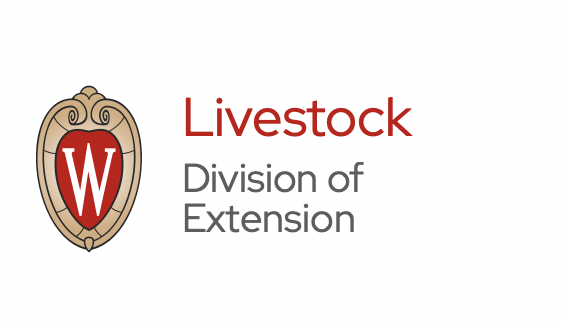Source: Oklahoma State University
By David Lalman
Early weaning of calves at 6 to 8 weeks of age is an effective way to get high rebreeding rates even in very thin cows. Although, early weaning is certainly not advocated for all...
Source: Alabama Cooperative Extension System
Weaning can have a lasting impact on a calf. How a producer manages calves before, during, and after weaning can have a dramatic effect on overall calf performance and economic viability.
One of the most stressful...
by: Brent Credille, D.V.M., Ph.D., Food Animal Health and Management Program, University of Georgia
Internal parasites represent a source of significant economic loss in almost all segments of beef production. The implementation of an internal parasite control program can lead...
Source: UNL
Rick Rasby, Nebraska Extension Specialist | Kacie McCarthy, UNL Cow-Calf Specialist
A simple management strategy—feeding cows at dusk—could increase the number of calves born during the day. It’s easier to watch cattle and see if intervention is necessary while...
With cattle prices at record highs and favorable feed prices, producers are likely considering creep feeding their beef calves to add additional pounds.
Creep feeding provides supplemental feed to nursing beef calves in an area that the cows can’t access....
Source: Pennsylvania State University
The most traumatic experience for cow-calf producers is when they wean their calves-and it is not real great for the calves, either. For the producer, it is about payday for the calf business. For the calf,...
Source: University of Nevada, Reno Extension
Introduction
Research shows that reproduction, or simply weaning a marketable calf, is ten times more important than weaning weights and twenty times more important than carcass traits. Poor reproduction is one of the biggest issues...
Source: Government of Alberta
"This new cost and returns report, for the years 2018–2022, presents a multi-year summary of the economic, productive and financial performance of Alberta cow/calf producers who participated in the AgriProfit$ Business Analysis Program,” says Ian Ryan,...
Source: USDA
by Maria Bowman, Maroua Afi, Aubree Beenken, Amy Boline, Mary Drewnoski, Fernanda Souza Krupek, Jay Parsons, Daren Redfearn, Steven Wallander, and Christine Whitt
This report looks at how incorporating cover crops into an integrated crop-livestock system with cattle, such...
Source: Oregon State University
by: Scott Duggan, Gene Pirelli, Charles Estill, Juliana Ranches and Dale W. Weber
Raising cattle for profit requires a detailed management plan that sets production goals and timelines days, weeks and even years in advance. These guidelines...












